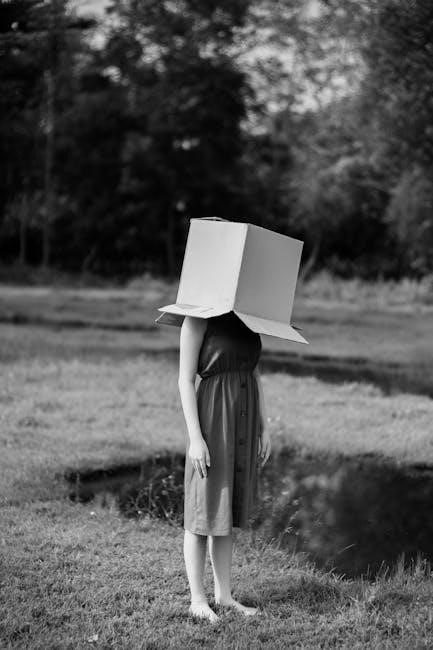Ski goggles lens colour guide helps skiers choose suitable lenses for various conditions using different colours and visible light transmission percentages to enhance visibility and comfort on the slopes every day.
Importance of Choosing the Right Lens Colour
Choosing the right lens colour is crucial for a comfortable and enjoyable skiing experience, as it directly affects the amount of light that enters the eyes. The correct lens colour can enhance visibility, reduce glare, and improve overall vision on the slopes. A lens colour that is too light or too dark can lead to discomfort, eye strain, and decreased performance. Furthermore, the right lens colour can also help to reduce the risk of eye damage from harmful UV rays and blue light. With so many different lens colours available, it can be overwhelming to decide which one is best suited for specific skiing conditions. By understanding the importance of choosing the right lens colour, skiers can make informed decisions and optimize their skiing experience. This knowledge is essential for skiers of all levels, from beginners to experienced athletes, to ensure a safe and enjoyable time on the mountain. Skiers must consider this when selecting their goggles;
Understanding Visible Light Transmission (VLT)
VLT measures the amount of light passing through lenses, affecting visibility and comfort with different percentages and colours.
How VLT Affects Lens Colour Choice
The VLT percentage plays a significant role in determining the suitable lens colour for various skiing conditions, with different percentages offering distinct advantages.
A higher VLT percentage allows more light to pass through, making it ideal for low-light conditions, while a lower VLT percentage is better suited for bright and sunny days.
The choice of lens colour is also influenced by the VLT, as certain colours are designed to work optimally within specific VLT ranges.
For instance, pink or rose-coloured lenses are often used for overcast days, as they provide a medium VLT range that enhances visibility without allowing too much light to pass through.
By considering the VLT and lens colour together, skiers can make an informed decision and choose the best lens for their specific needs, ensuring optimal visibility and comfort on the slopes.
This careful selection can greatly impact the overall skiing experience, allowing skiers to perform at their best and enjoy the ride.
With the right combination of VLT and lens colour, skiers can tackle various conditions with confidence and precision.
Best Lens Colours for Different Skiing Conditions
Different lens colours suit various skiing conditions, including sunny, cloudy, and snowy days, using specific colours to enhance visibility and comfort.
Lens Colours for Overcast and Cloudy Days
For overcast and cloudy days, the best lens colours are pink or rose, which provide a lighter lens that makes it easier to see. These colours fall in the middle of the VLT range, typically with a 35-40 light transmission, allowing for better visibility in low-light conditions. A VLT of 25-60 is recommended for overcast days, depending on the cloud coverage. The pink or rose colour lenses help to add contrast, making it easier to see the bumps and troughs of the snow, both in and out of shadows. This is especially important on cloudy days when the light is flat and it can be difficult to see the terrain. By choosing the right lens colour, skiers can enhance their visibility and comfort on the slopes, even on overcast and cloudy days. The use of pink or rose colour lenses can make a big difference in the skiing experience. Skiers can enjoy their time on the slopes with improved visibility.
Factors to Consider When Choosing a Lens Colour
Skiers consider light conditions, personal preference, and activities when choosing lens colours daily.
Polarization and Lens Colour
Polarization is a key factor to consider when choosing a lens colour for ski goggles, as it can greatly impact the overall performance of the goggles. A polarized lens can help to reduce glare from snow and ice, which can be especially useful on sunny days. The polarization of a lens can also affect the colour of the lens, with some polarized lenses having a slightly darker or more muted colour than non-polarized lenses. When choosing a lens colour, skiers should consider the level of polarization they need, as well as the colour of the lens. Some lens colours, such as pink or rose, may be more suitable for polarized lenses than others. Additionally, the polarization of a lens can also depend on the type of skiing or snowboarding being done, with some activities requiring more polarization than others. Overall, polarization is an important factor to consider when choosing a lens colour for ski goggles. Ski goggles with polarized lenses can provide better visibility and comfort for skiers.
High VLT vs Low VLT Lenses
High VLT lenses allow more light, while low VLT lenses block more light, using different percentages to suit various skiing conditions and preferences every day outside.
Choosing the Right VLT for Your Skiing Needs
To choose the right VLT for your skiing needs, consider the conditions you will be skiing in, using factors such as the time of day and cloud coverage to determine the suitable VLT percentage. A higher VLT percentage allows more light to pass through, making it suitable for low-light conditions, while a lower VLT percentage blocks more light, making it suitable for bright conditions. Skiers who ski in varying conditions may need to switch between different lenses to optimize their visibility. The VLT percentage can range from 0 to 100, with most ski goggles having a VLT between 20 and 80. By selecting the right VLT, skiers can enhance their visibility, comfort, and overall skiing experience, making it essential to consider their specific skiing needs when choosing a lens. This consideration is crucial for optimal performance and safety on the slopes.
Everyday Lenses with Medium VLT
Medium VLT lenses offer a balance of visibility and glare protection, making them suitable for everyday use on the slopes with average light conditions always.
Benefits of Using an Everyday Lens
The benefits of using an everyday lens are numerous, including the convenience of not having to switch lenses depending on the weather conditions. This can be especially useful for skiers who prefer to ski in a variety of conditions, from sunny to cloudy. An everyday lens with medium VLT can provide a good balance of visibility and glare protection, making it suitable for average light conditions. Additionally, using an everyday lens can also reduce the hassle and expense of having to purchase multiple lenses. Many skiers find that an everyday lens is a practical and convenient solution, allowing them to focus on their skiing without worrying about their goggles. Overall, the benefits of using an everyday lens make it a popular choice among skiers who value convenience and versatility. With an everyday lens, skiers can enjoy a comfortable and enjoyable skiing experience. Everyday lenses are a great option;




































